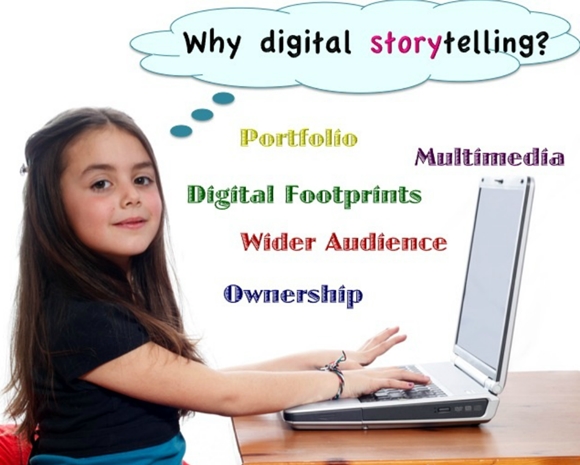
I'm always looking for new ways to incorporate native Spanish-speaking input in my lessons. While Youtube is a great way to look for and find Spanish videos, it's sometimes difficult to find exactly what I need. For example, if I'm doing an introductory lesson on greetings, I might find some videos related to the topic, but to search through all of that information is very time consuming. I do prefer that my students hear other Spanish speakers other than me, so I looked over a few different Podcasts that could be very useful in my classroom, and they're a lot easier to find.
A great website that has different categories for each Podcast is SpanishPodcast/Español Podcast. Here you will find a ton of free Spanish Podcasts and each one has a situational dialogue with a wide variety of different topics. In each "episode" there is a conversation, a specific grammar focus, a small explanation of the dialogue, as well as a transcript. The one I chose to listen to is titled "Saludos Informales" or Informal Greetings. There is a brief introduction given in both English and Spanish:
"In our 138th episode (Informal Greetings), our friends are meeting today in their apartment where Coral, Luisa, Alejandra and Pilar are still living...."
The introduction goes on to talk about the situation included with the dialogue.
This is a Podcast I would definitely use as a teaching tool. Since each Podcast has an option to see a transcript of the dialogue, I could use that to make some sort of cloze activity, leaving out bits and pieces of information to have the students fill out as they listen along. In this particular episode, it focuses mainly on informal greetings that can only be understood contextually. Most of these informal greetings aren't normally taught through textbooks or any other supplementary aids that may come with the text (videos worksheets, etc.) so it's also a great way to introduce colloquial terms and other cultural aspects of the Spanish language that might go unnoticed in a foreign language classroom.
I really like the idea of Podcasts as a teaching tool. There are a lot of free Podcasts that could be very useful, especially if you're trying to incorporate native language speakers in your teaching.
















